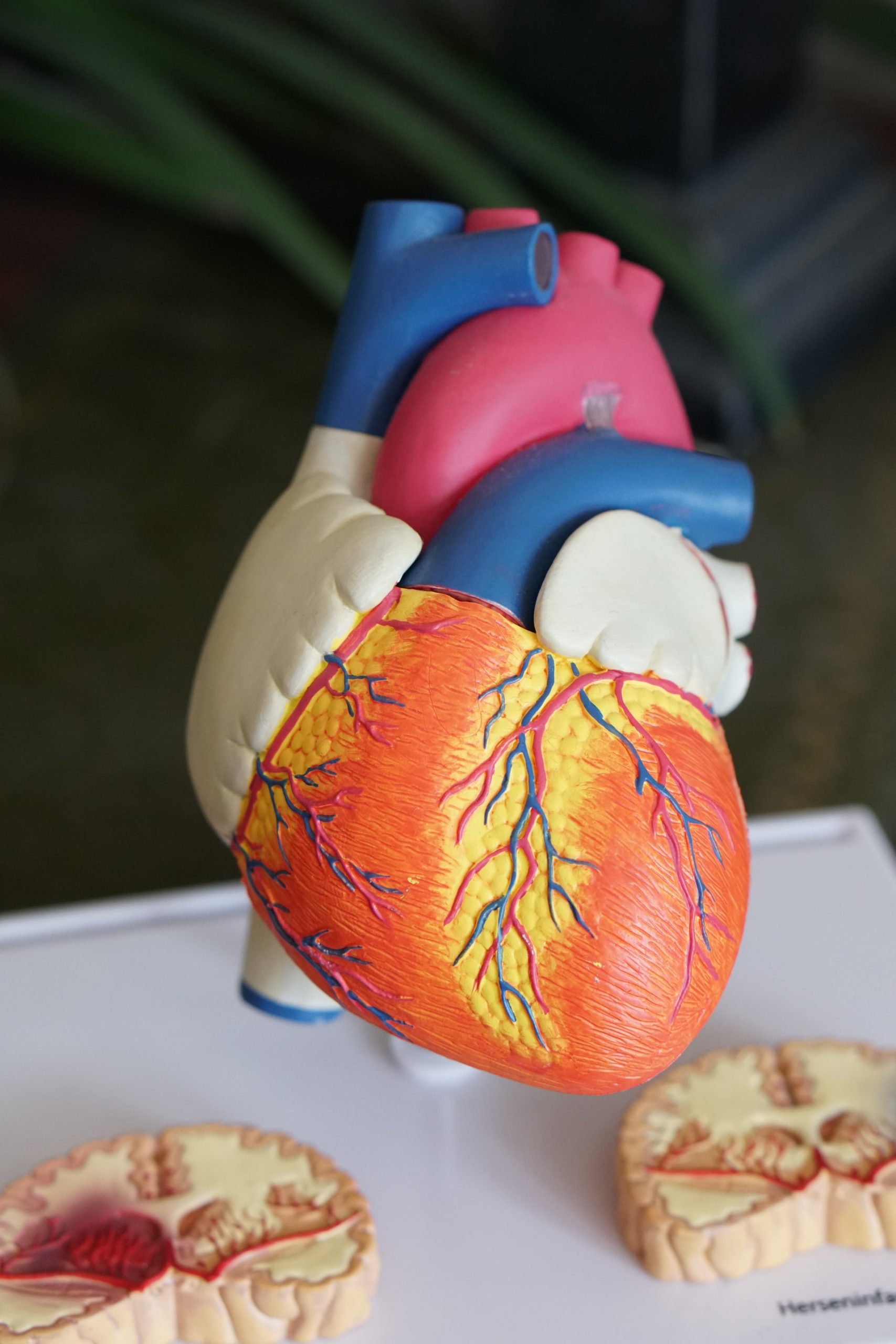 The next time you’re sitting in the bleachers at a sporting event or in a pew at church, take a look around. Odds are that someone sitting next to you – or you – has high blood pressure.
The next time you’re sitting in the bleachers at a sporting event or in a pew at church, take a look around. Odds are that someone sitting next to you – or you – has high blood pressure.
Nearly one in three adults in the U.S. has high blood pressure, also called hypertension by medical professionals.
May marks National High Blood Pressure Education Month – a time for raising awareness about the disease and encouraging men and women to get in control.
High Blood Pressure Basics
At its simplest, high blood pressure means that the force of blood pushing through your body is too strong. That pressure puts a strain on your arteries and causes damage to your body. If this pressure stays high over time, it can lead to heart disease, heart attack, stroke, and other serious conditions.
Blood pressure measurements are quick and painless. At a doctor’s appointment, your physician, nurse, or other health professional will wrap a cuff around your upper arm and take measurements. Automatic machines can be purchased for home use or used in many pharmacies.
Your blood pressure consists of two numbers. The top number (systolic reading) is your blood pressure at the moment your heart beats. The bottom number (diastolic) is your pressure at the moment between heart beats.
The chart below shows what your blood pressure numbers mean. Remember to talk with your healthcare provider to determine a blood pressure goal and treatment plan that’s specific to your health.
Men and High Blood Pressure
Nationally, men have higher rates of high blood pressure than women. According to the Centers for Disease Control and Prevention, 34.1% of men have high blood pressure compared to 32.7% of women. Men also get the disease earlier in life. Until age 45, more men than women get high blood pressure. The steps to control the disease are the same for men and women – lifestyle modifications and/or medication adherence.
Control the “Silent Killer”
High blood pressure – also known as the “silent killer” – often shows no signs or symptoms. In fact, nearly 20 percent of U.S. adults with high blood pressure do not know they have the disease.
The cause of most cases of high blood pressure is unknown. But there are factors that can place you at greater risk of developing the condition. That’s why it is important to know what your risks are and to learn which factors you can and cannot control.
- Risk factors you can control: diet, physical activity, stress, alcohol and tobacco use, certain chronic conditions
- Risk factors your can’t control: age, gender, race, ethnicity, family history
Measure, Monitor, Maintain
Knowing and controlling your blood pressure doesn’t have to be complicated. Whether or not you have high blood pressure, you can measure your blood pressure, monitor for changes, and maintain control.
- Measure – Knowing your numbers should be your first step. The good news is you can measure your blood pressure almost anywhere – at a doctor’s office, in a pharmacy, or in the comfort of your home.
- Monitor – Even if you do not have high blood pressure, you should check your blood pressure on a regular basis and record the numbers in a safe place so you can refer to them in the future. Compare your current numbers with past numbers so you can know if your blood pressure levels are changing.
- Maintain – If you already have high blood pressure (or are at risk), your doctor may prescribe medications and recommend important lifestyle changes such as regular physical activity or dietary changes to help you get your blood pressure under control.
For more information about high blood pressure, visit the Measure Up/Pressure Down™ website.




